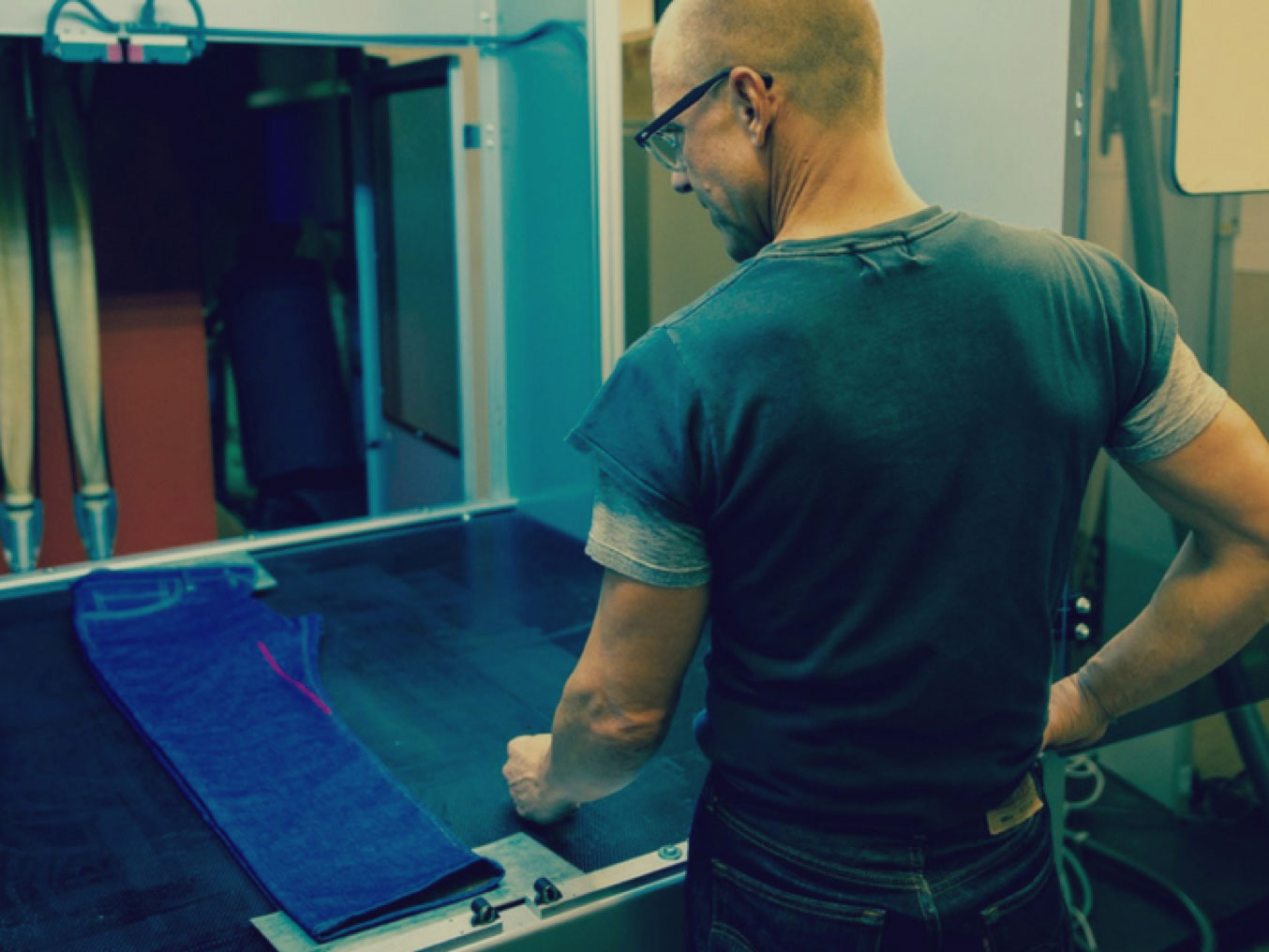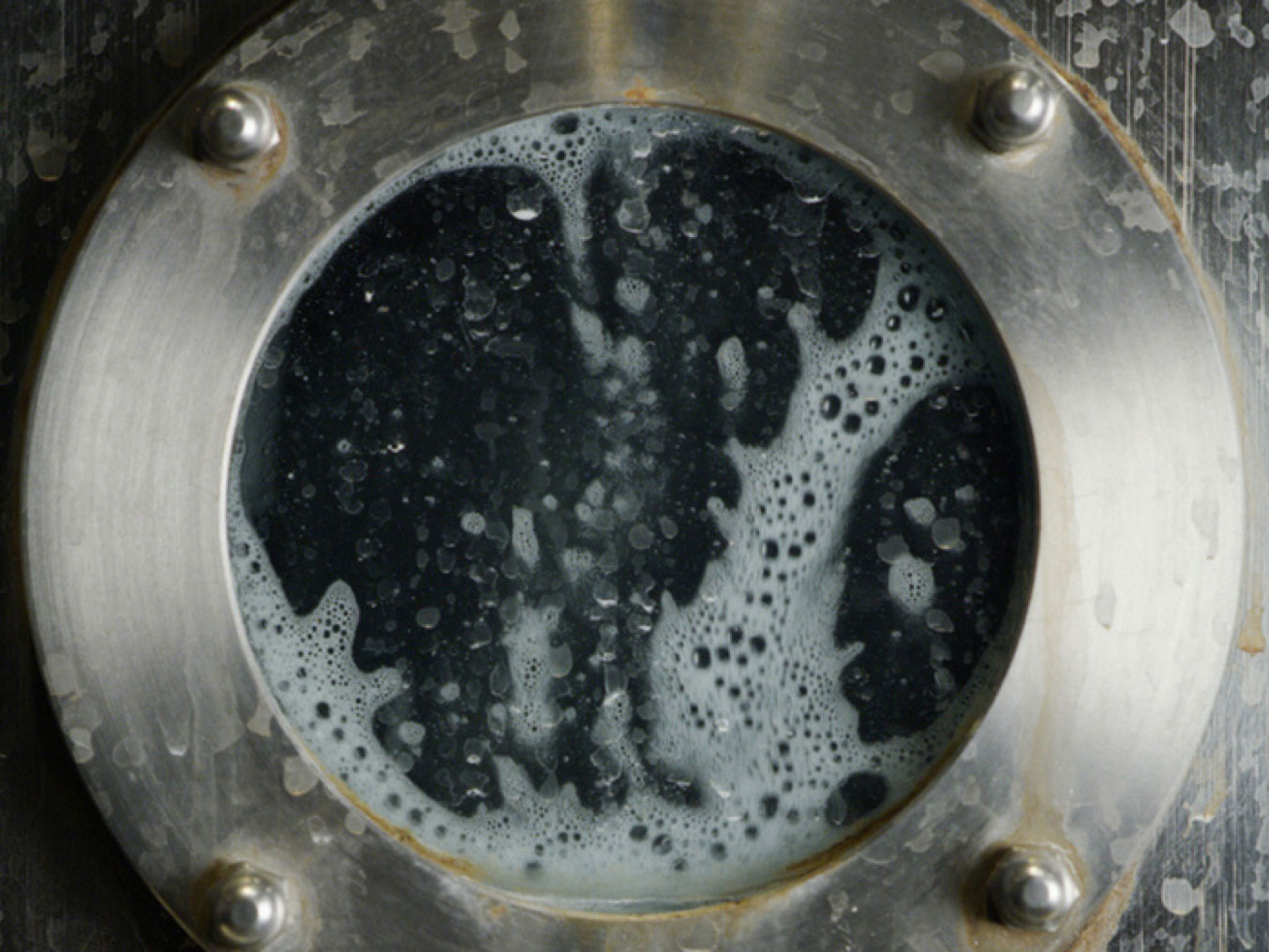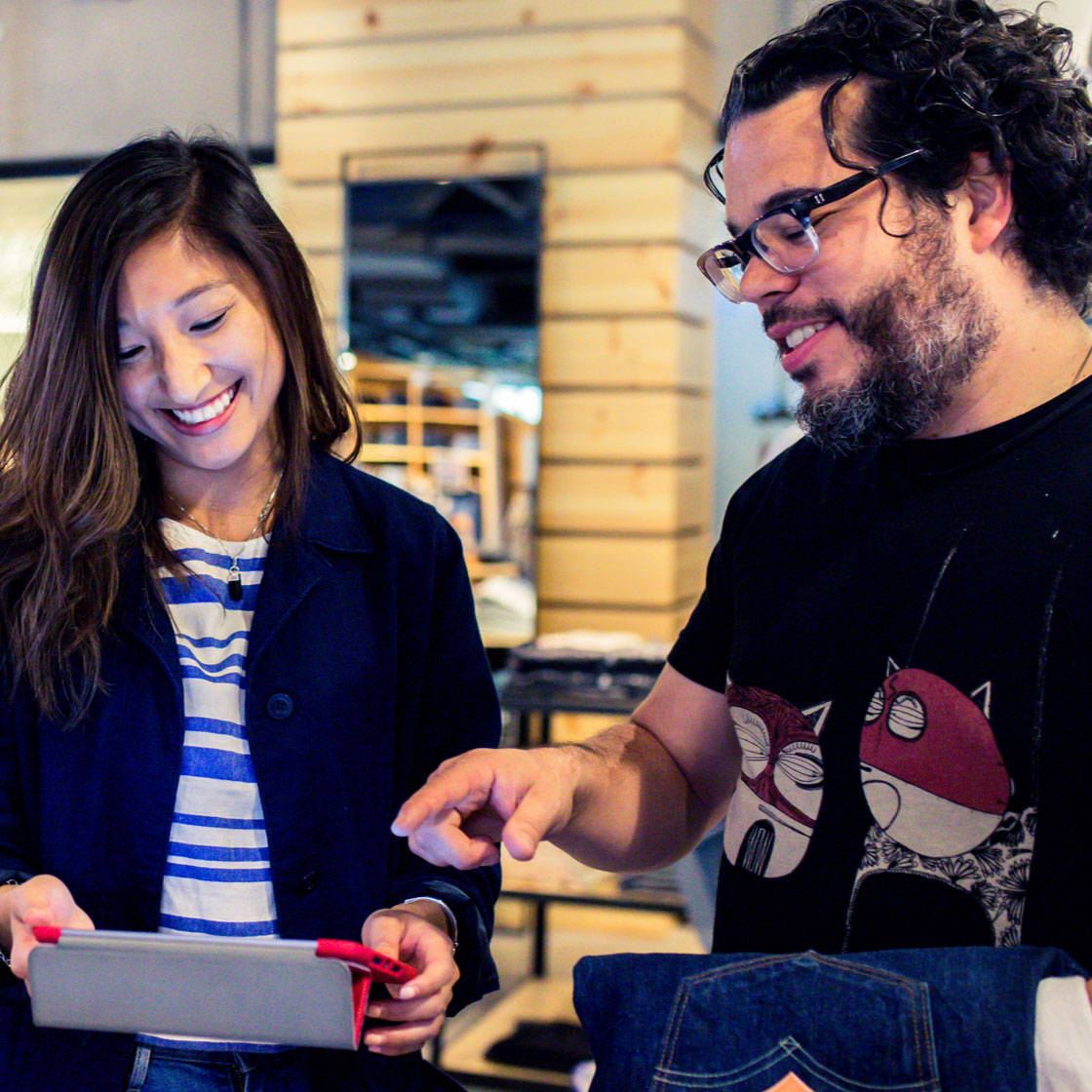To further the company’s digital transformation, we are deepening our investment in and prioritization of digital capabilities across all aspects of the business by embedding digital, data and AI into the core of all that we do.
One prime example of our digitization efforts is robotic process automation (RPA) capabilities. With RPA, you can create bots that automate labor-intensive and mundane tasks burdening employees so they can spend time on high-value analytical and judgment-based work. Over the past few years, RPA quickly became a thriving industry with some predicting that 90 percent of business will incorporate RPA by 2022.
At Levi Strauss & Co., we saw a massive opportunity to develop this capability internally, not only creating bots but also maximizing the benefits of RPA across the organization. We developed an RPA Center of Excellence (COE) team that works with departments to find automation opportunities and rethink overall processes – infusing automation across the business and ensuring the possibility of scale throughout the organization. The work this team has produced so far remains critical today, delivering enormous value overall.
“For a company to truly transform digitally, we must approach it from all angles: top-down and bottom-up. We’re ensuring teams across functions have the tools and services they need to work in a digital-first mindset,” Chief Financial Officer Harmit Singh said. “I’m extremely proud of the work our RPA team has accomplished. We are seeing not only an immediate reduction in operational costs but also increased employee satisfaction as teams can focus on higher-value activities. While RPA is common among tech and digital-native companies, it’s just beginning in the retail industry. It’s investments in services like RPA that keep us at the forefront of the industry.”
One Year Into Our First Bot Deployments
The company’s entry into RPA started in 2017, but our dedicated internal RPA COE team launched only a few years ago, with two proof-of-concept bots going live for the first time in February 2021.
One of these first bots completely digitized how our team invoices wholesale partners. Prior to February 2021, our teams in New Zealand and Australia would download and email monthly statements to our roughly 700+ retail partners in the region. Downloading and attaching each individual PDF statement took days to finish. When the RPA team heard about this, they sprinted into action, developing a bot that automated the entire process while also improving invoice tracking management.
Since deploying the bot a year ago, it has saved nearly 500 hours of manual work. What took a human more than five minutes to do from start to finish now takes only 20 seconds with an automated bot. No one appreciates this more than Sonia Vohra, wholesale customer experience lead at LS&Co. “Not having to block off days in a month to handle emailing statements has freed me to focus on more important matters like engaging with our wholesale partners to deepen our relationship and make sure that our partnership is accurate and in good standing,” Sonia said.
For the second bot, the RPA team looked to help our merchandise coordinators (MCs) in the U.S. and Canada turn what took multiple days and hours of work spread across roughly five people into one automated bot. To ensure our stores had the season’s products in their systems, MCs had to manually enter more than 4,000 product codes. Not only was the process extremely slow, it also was prone to human errors.
After the bot was deployed, it saved nearly 750 hours. With the time saved from this manual data-entry task, MCs are spending more time building other skills. Victoria Andersen, who was an MC at the time when the bot was being built, said, “Manually entering codes into our system every season was very tedious and took an enormous amount of time. With the bot deployed, MCs could build skill sets like understanding the business better, looking at different assortments and analyzing performance to present out to leadership — all the skills needed to become an assistant buyer.”
Our Path to Save 20,000 Hours of Work
The desire for automation has increased across our organization, with more teams looking for ways to improve efficiency and streamline operations. The RPA COE team has been on an internal roadshow, educating teams about the value and power of RPA. In response, the team has developed a pipeline of roughly 50 new bots to be deployed this year alone, which is predicted to save employees more than 20,000 hours a year.
“We’ve gone from testing and launching a few bots to fielding over 50 new ideas for bots from our employees around the world,” said Stacie Clarkson, senior director of process transformation and Global Business Services governance, and lead of the RPA COE. “There’s been a noticeable shift in engagement this past year as employees see the value of RPA. It’s exciting to see that culture of innovation take hold. For a 169-year-old company, it’s fun to see us look more like a tech company as we embrace this digital transformation journey.”
One new bot set to roll out this year is the Purchase Order (PO) Closure Bot, which will be able to automate and scale the amount of POs the finance organization is able to close out in a timely manner. For context, anything purchased within LS&Co. has a PO tied to it. Traditionally, the finance team has set aside time at the end of each year to sift through thousands of POs that haven’t been closed. The process is tedious, typically involving multiple emails between internal teams and/or vendors until a positive confirmation to close out the PO is received. Open POs can cause issues across the organization and impact the company’s ability to have an accurate understanding of budgeting and finances overall.
The PO Closure Bot, will fully automate the process, handling all correspondence and closing out a PO once addressed. As a result, the team will be able to reconcile their POs quarterly instead of annually, scale with growth spikes in POs, as well as reinvest their time in creative tasks and projects.
RPA Is More Than Bots
In the future, the RPA COE team is exploring ways to mimic employee workflows by deploying sensors across the team’s computers to understand how processes are completed. From there, the team will be able to get a sense of the nuances of how different people might do the same task, identifying ways to simplify and speed up the workflow. With the help of this type of process-mining technology, the RPA COE will optimize how we standardize and simplify processes. That’s the future of business.
Our work with RPA is just the latest example of our company’s culture of innovation. RPA offers a way for us to create standardization and common processes rooted in automation across the company, ultimately changing how we work.
From our Machine Learning Bootcamps to biannual Hackathons to RPA, we’re giving employees an array of opportunities and tools to embrace and understand technology, helping them simplify and improve their workloads and workflows.
At the end of the day, our people are the key to a true digital transformation.


















